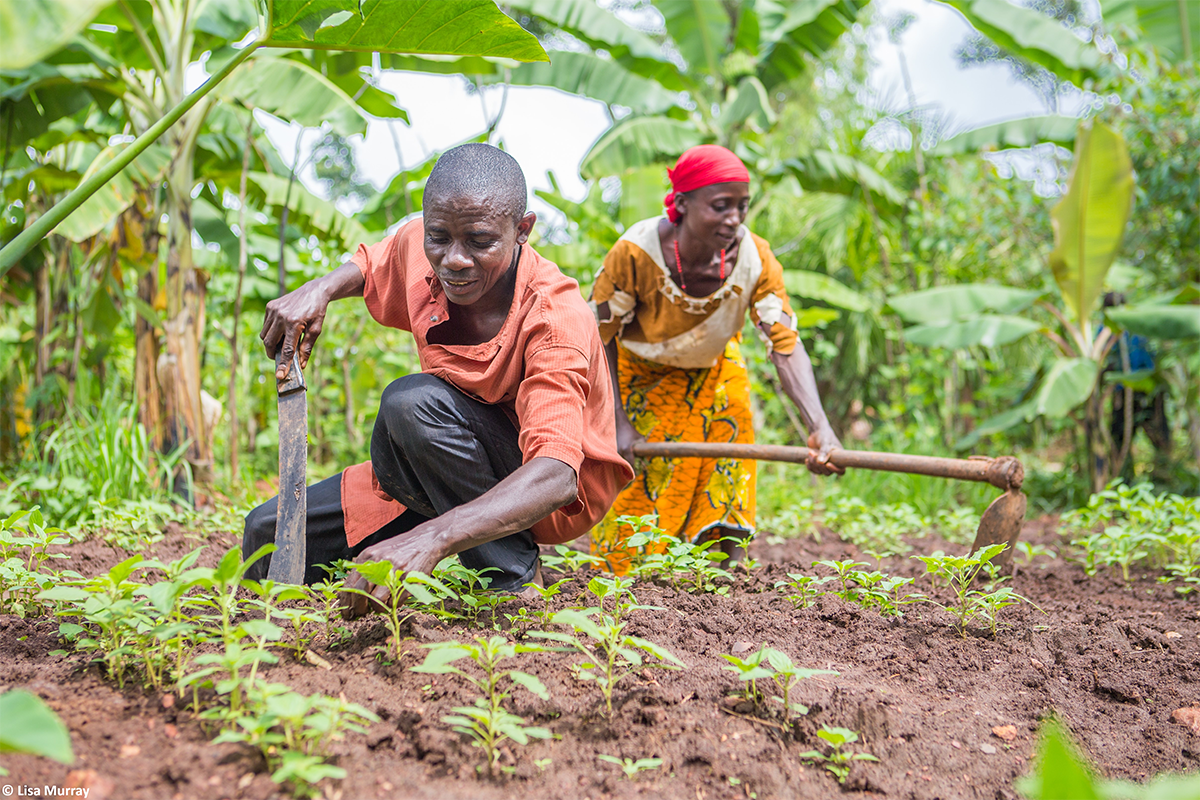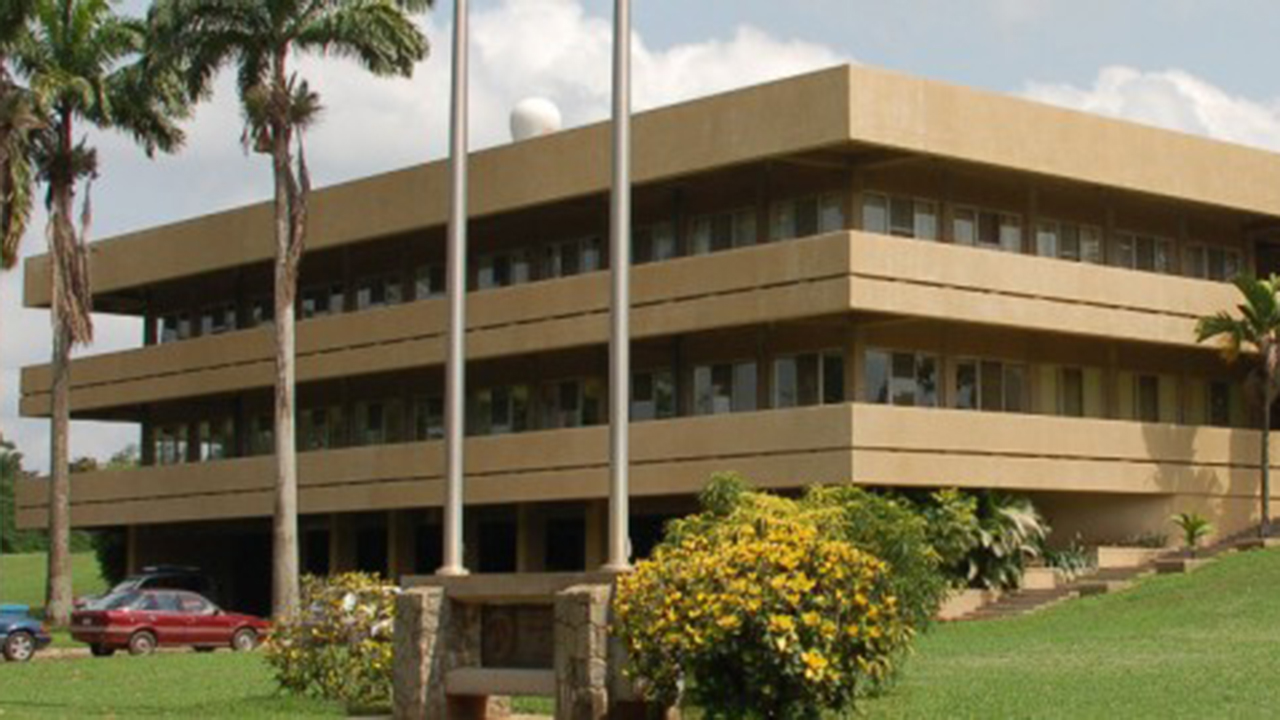A new global analysis has revealed that smallholder farmers, who produce half of the world’s food calories, require an estimated $443 billion yearly to adapt to worsening climate impacts.
The figure, published ahead of the COP30 Climate Summit, shows the urgent financing gap threatening food systems and livelihoods worldwide. The research, conducted by Climate Focus for the Family Farmers for Climate Action alliance, which represents 95 million small-scale producers across Africa, Latin America, Asia and the Pacific, indicated the imbalance between current funding and real adaptation needs.
It found that smallholders operating on 10 hectares of land or less need an average of $952 per hectare yearly, or just $2.19 a day, to build resilience.
By contrast, global adaptation spending for smallholders in 2021 amounted to only $1.59 billion, a mere 0.36 per cent of what is required. Many farmers are shouldering the burden themselves, spending between 20 and 40 per cent of their yearly income, totalling $368 billion each year, on climate-related measures such as soil restoration, drought-resistant crops, and irrigation.
The report also stressed the irony in current global spending priorities. The estimated $443 billion adaptation requirement is less than the $470 billion the UN says is spent yearly on agricultural subsidies harmful to people and the planet, and just a third of the $1.4 trillion developing countries paid in debt servicing in 2023.
President of the Eastern Africa Farmers Federation (EAFF), Elizabeth Nsimadala, said this is not charity but an investment in global food security that represents 25 million smallholders.
“Smallholders produce half of the world’s food calories, support 2.5 billion livelihoods, and are central to the supply chains of staples like rice, cocoa and coffee. Investing in smallholder adaptation benefits us all,” she said.
From southern Brazil, Thales Mendonça, an agroforestry farmer and representative of the Inter-Continental Network of Organic Farmer Organisations, stressed that adaptation finance is both an economic and ecological necessity.
“We are pioneering agroecology that restores nature’s safety net. Supporting smallholders to scale this work is the fastest route from scarcity to abundance,” he said.
As adaptation takes centre stage at COP30, governments are expected to agree on indicators for tracking the Global Goal on Adaptation (GGA) and updating national adaptation plans. Yet, the absence of specific indicators on finance flows to smallholders remains a concern.
Uncertainty also surrounds whether developed nations will honour their pledge to double adaptation finance to $38–40 billion by 2025 or establish a new long-term goal.
The Brazilian COP30 Presidency’s Action Agenda aims to mobilise political and financial support for sustainable, resilient agriculture, including agroecology, while amplifying farmers’ voices through initiatives such as the Circle of Peoples.
Secretary-General of the Asian Farmers’ Association (AFA), Esther Penunia, representing 12 million smallholders, called for a “major boost in adaptation finance” to safeguard farms from escalating climate shocks.
“Governments and funders must make it easier for farmer organisations to directly access finance and support the creation of a dedicated Farmers Resiliency Fund led by family farmers,” she said.
The findings add urgency to ongoing calls for a reorientation of global finance towards those most vulnerable to climate change, smallholder farmers, who feed the world, but remain least equipped to withstand its mounting costs.






